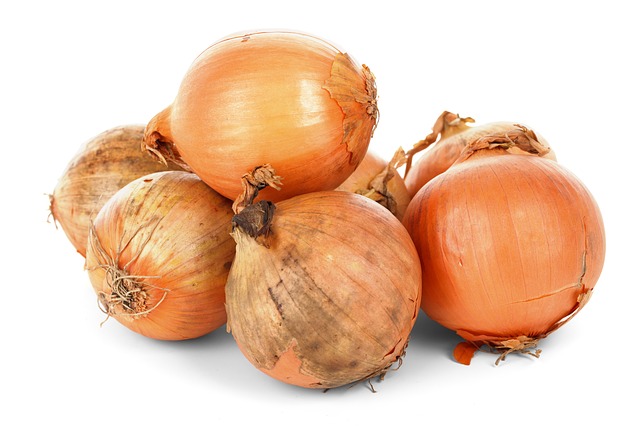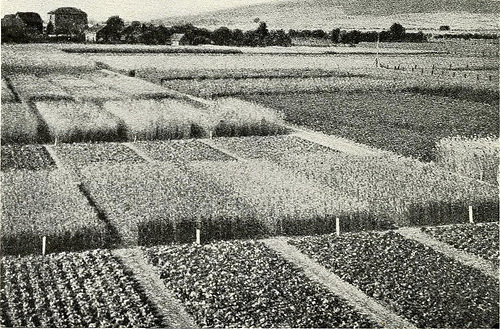When I first got into gardening I thought it was as simple as put some seeds in some dirt, add some water and wait a few months for a salad. I had no idea that you need to make sure your soil chemistry is top notch to ensure top notch results. Here are some basic tips to get you started on your soil health journey.
Start with the Right Soil for the Right Occassion
Put sod down the right way. You want to prepare the soil before you lay down the sod. Pull all the weeds and loosen the soil so the new roots can take easily. When the soil is clean, pack it tightly and create a flat surface. Moisten the soil thoroughly. You should lay your sod staggered, and have the joints offset. You want the sod to end up as a flat and even surface. If there are any gaps in between the sod pieces, then you can fill these in with some soil. Sod has to be watered daily for two weeks, and then it can be rooted.
Clay is difficult to dig through with a shovel, as it is sticky and compact. Rubbing wax on the shovel prior to digging can kick this challenge to the curb. The clay will no longer stick to the shovel, and this also helps to prevent other problems like rusting.
Pests Play a Huge Part in Soil Chemistry
The first thing you can do to avoid pests is to start with healthy soil in your garden. Healthier plants are greater in strength and resistance to illness and insects. For healthy plants, start with healthy soil that is properly amended and free of chemicals in order to avoid salt accumulation. A product like Native Soil is great for balancing out poor soil.
Make sure to pre-soak seeds, preferably in a dark location. Place a small amount of seeds in a little container, while filling it to the brim with water. The seeds will get the hydration they need to start growing. This gives the seeds a better chance of flourishing.
Where’s the Sun?
Whenever you are planting a veggie garden, it is vital that you place them in a location where sun shines down on them for six or more hours per day. This allows the vegetables to grow quickly and healthily. Some flowers have the same requirement for growth.

Use natural pest control when possible. Onions and marigolds can help to deter slugs. Mulch around the bottom of trees and shrub seedlings with wood ash to reduce unwanted infestation of pests. By utilizing these methods, you will not have to apply chemical pesticides on your vegetation.
Healthy Gardeners Make Healthy Gardens
Protect yourself from sun overexposure while gardening by wearing the proper clothing. Pair sunglasses with wide-brimmed hats and a dab of sunblock. When you protect yourself against the sun’s rays, you are more likely to avoid both skin cancer and sunburn.
The warmth of the day can make vegetables soft, making them more prone to damage as you pick them. See to it that you cut their connection to the vine as opposed to twisting them, because twisting could hurt the plant.
Now you should be ready to get gardening with some basic healthy soil chemistry. You though you had mad skills before? Now you have insane skills! The tips in the article should have set you on the right path to having a great garden and growing like the professionals.
Photo by Internet Archive Book Images
